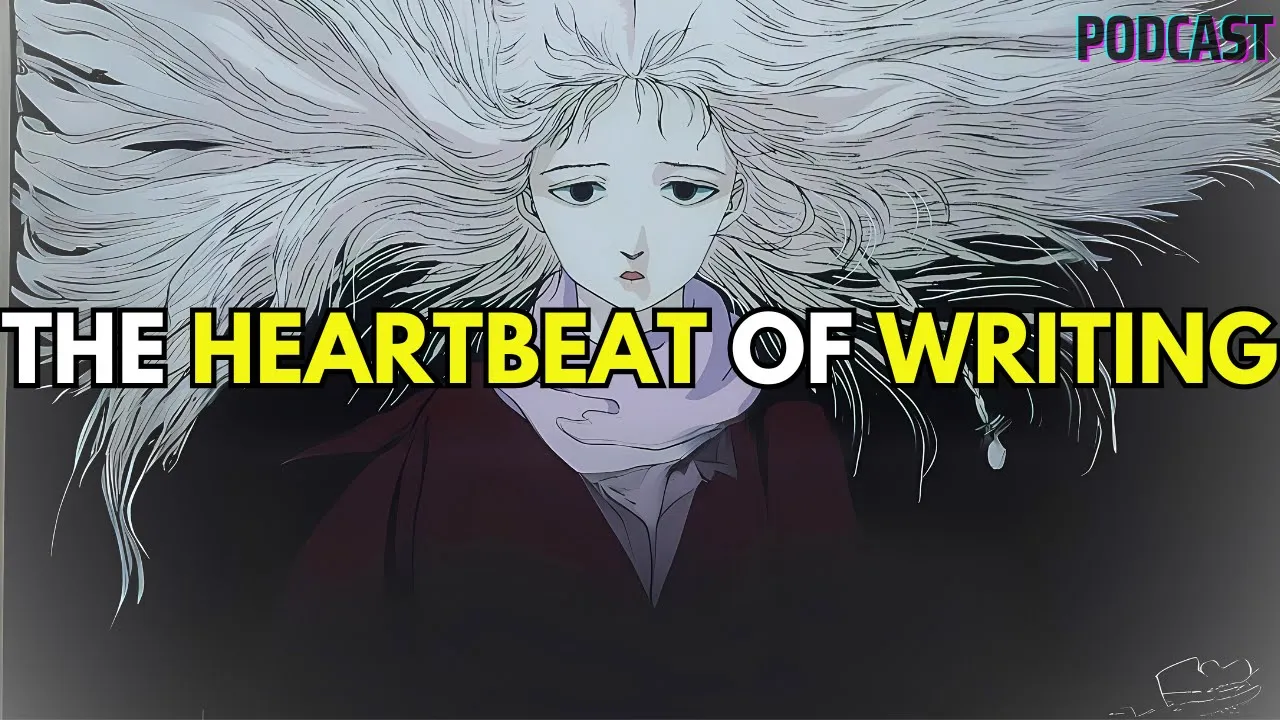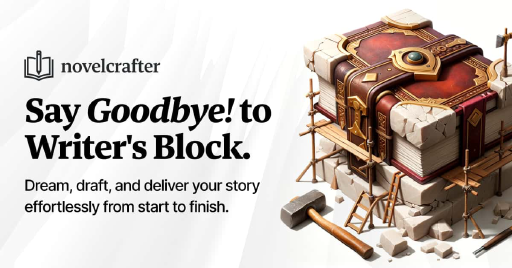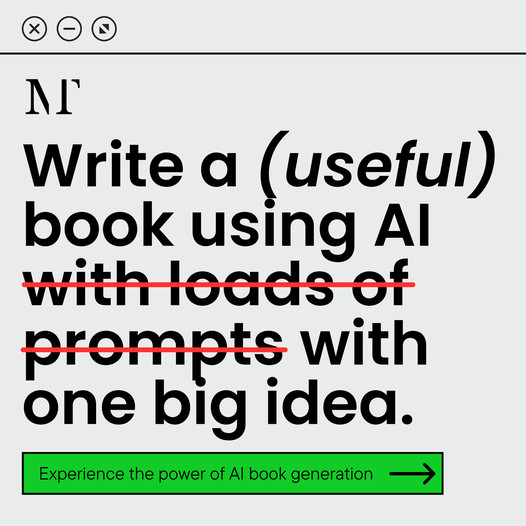
TL;DR
Pacing in storytelling is crucial, involving both the overall speed of the plot and the rhythm of individual scenes. Understanding pacing can be complex, but it revolves around managing tension and resolution through careful structuring of events, information delivery, and character introspection. Effective pacing can elevate a narrative, keeping readers engaged and invested. This article explores how to master pacing by analyzing its components, utilizing narrative devices, and revising effectively after the initial draft.
Understanding Pacing
Pacing is a term that often evokes confusion among writers and editors alike. It encompasses a variety of elements that can make or break a story. As a writer and editor, I have encountered numerous instances where pacing was highlighted as a concern in both my work and the work of others. But what exactly is pacing, and how can we improve it?
At its core, pacing refers to the rhythm at which a story unfolds. It can be viewed from two key perspectives: the overall pace of the narrative from beginning to end, and the pace at the scene or chapter level. Both aspects are vital for crafting effective storytelling.
To visualize pacing, consider it like a sound wave or a wavelength. The progression of this wave represents the tension in your story. It starts at a certain point, builds up to peaks of high tension, and then declines to moments of resolution or reflection. This ebb and flow of tension throughout your narrative is what pacing is fundamentally about.
The Two Camps of Pacing
When discussing pacing, it helps to categorize it into two distinct camps:
1. **Overall Story Pace**: This refers to the journey your plot takes from the introduction to the conclusion. It involves how tension builds and resolves over the course of the entire narrative.
2. **Scene or Chapter Pace**: This focuses on the rhythm within individual scenes or chapters. It considers how events unfold and the emotional weight they carry.
By analyzing pacing through these lenses, writers can better understand how to manipulate tension and keep readers engaged.
Visualizing Tension and Pacing
As we develop our stories, it’s essential to think about how tension fluctuates. A well-paced story will have peaks of excitement and valleys of calm, often transitioning smoothly between them. For instance, after a high-tension moment, a writer might choose to provide a reflective scene that gives characters and readers a chance to breathe and process what has just happened.

What Poetry Feels Like
Consider these different pacing structures:
– **Gradual Build-Up**: Stories like *The Leftovers* employ a slow burn approach, gradually introducing tension and resolution without rapid climactic moments.
– **Fast-Paced Whiplash**: In contrast, thrillers such as *Uncut Gems* showcase frenetic pacing with quick shifts between climaxes and resolutions, keeping readers on the edge of their seats.
Ultimately, pacing is about control—managing how tension is delivered within scenes and chapters while maintaining an overall rhythm that serves the story.
Adjusting the Pace
One of the most effective ways to manipulate pacing is through the level of detail provided in scenes. More descriptive passages tend to slow down the pace, allowing readers to immerse themselves in the environment and emotions. Conversely, concise writing with fewer details accelerates the pacing, creating a sense of urgency.
To illustrate, imagine driving up a hill versus descending it. The slower pace of the ascent allows for clear observation of details, while the descent blurs everything by moving quickly. This analogy applies to storytelling—how you structure your scenes can significantly influence the reader’s experience.
Controlling Information Flow
Another critical aspect of pacing is the selective delivery of information. The amount of information revealed to the reader can either build tension or release it. By withholding certain plot elements, writers can create suspense, making readers eager to learn what happens next. This technique keeps the narrative unpredictable, enhancing engagement.
Effective pacing often employs hooks and cliffhangers that encourage readers to keep turning pages. However, these should not be cheap tricks that leave audiences with more questions than answers. Instead, they should serve to deepen intrigue and propel the story forward.
Introspection and Character Development
As we craft our narratives, character development cannot be overlooked in discussions about pacing. Introspection—where characters reflect on their experiences—can slow the pacing, but this moment of reflection is crucial for emotional engagement.
For example, a novel like *Alone with You in The Ether* uses introspection to create a dreamy, emotional rhythm that contrasts with the plot’s fast-paced elements. These moments allow readers to connect with characters on a deeper level, understanding their motivations and struggles.
Genre-Specific Mechanisms
Different genres and audience demographics may call for specific pacing mechanisms. For instance, thrillers might utilize a ticking clock to create urgency, while literary fiction may benefit from slower pacing to explore themes and characters in depth.
Additionally, varying sentence length and paragraph structure can influence readers’ interactions with the text. Short, snappy sentences can quicken the pace, while longer, more complex sentences may slow it down, allowing for reflection.
The Importance of Revision
Achieving the right pacing in your manuscript often requires revisions. It is not uncommon for the pacing to become more apparent during the editing process. By taking a step back and reading through your work, you can identify pacing issues more easily.
Reading widely across different genres can also enhance your understanding of pacing. Observing how other authors manage tension and rhythm will help you refine your own style. Consider beta reading for fellow writers—this can sharpen your ability to recognize pacing strengths and weaknesses in others’ work.
Conclusion
Pacing is an essential component of storytelling that deserves careful attention. By mastering the ebb and flow of tension, controlling the delivery of information, and integrating character introspection, writers can create engaging narratives that resonate with readers.
Don’t be afraid to experiment with pacing throughout your drafts, and remember that revision is a powerful tool in achieving the right rhythm. Whether you’re naturally adept at pacing or still wrestling with it, understanding its mechanics will ultimately lead to more compelling storytelling.
As you continue your writing journey, consider how pacing influences your narrative. What techniques resonate with you? What challenges have you faced? Share your thoughts in the comments, and let’s keep the conversation going!
Original channel: https://www.youtube.com/channel/UC9R_q0yA1n6KpbXtIxcFGtg


